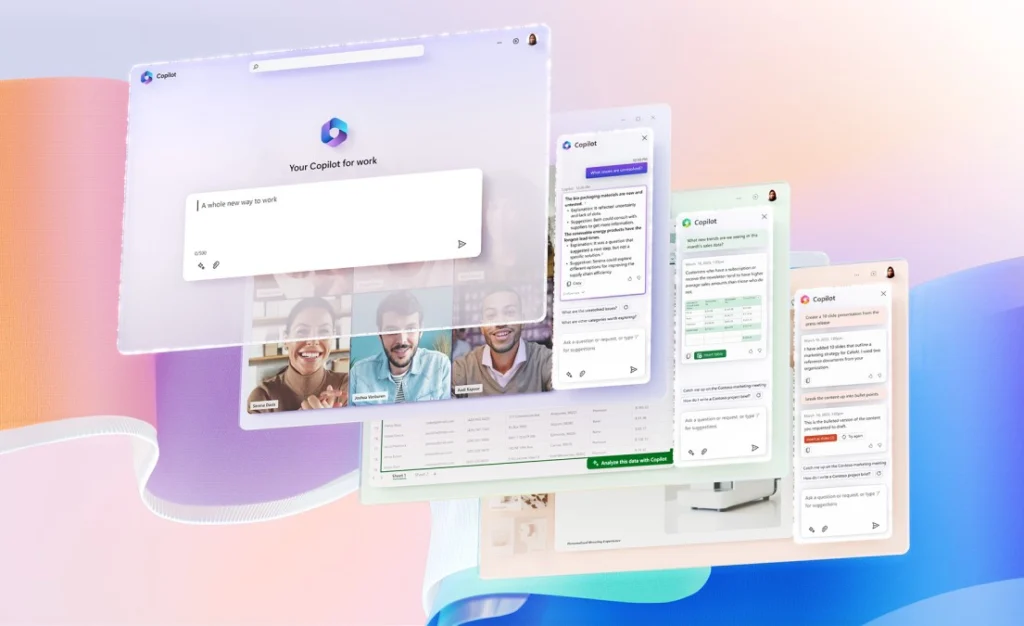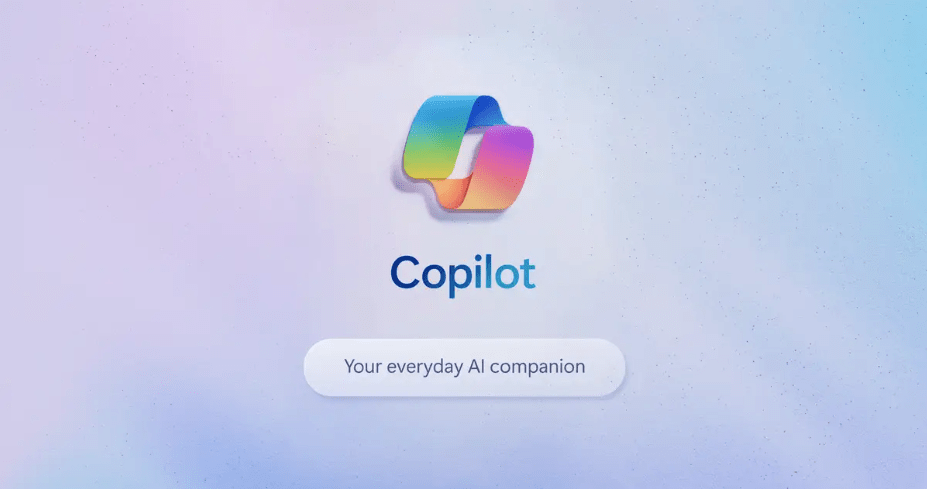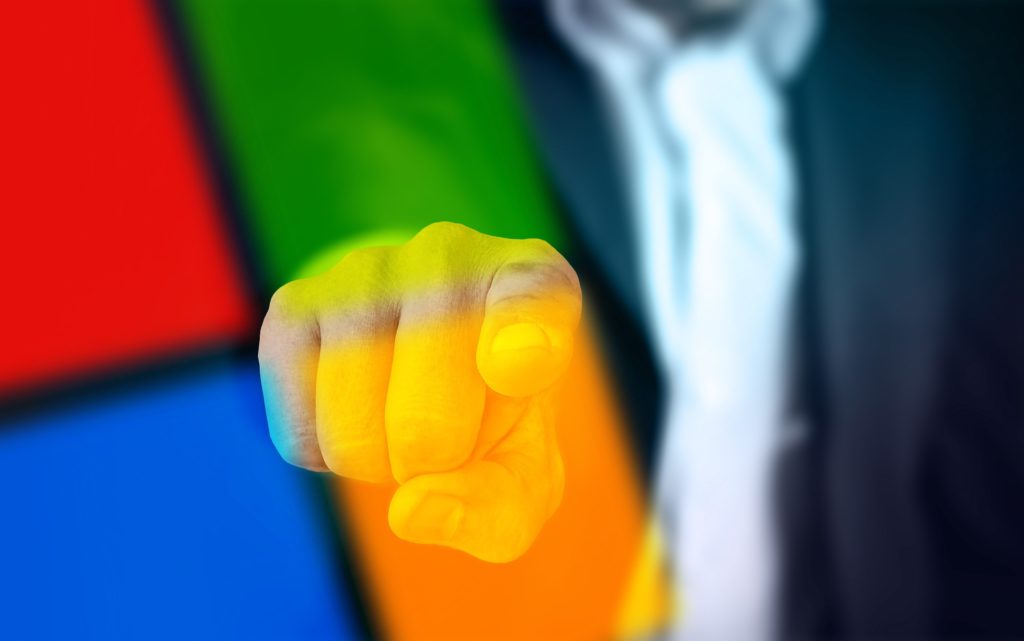Most people have jobs. Some have jobs with benefits.
Most people have friends. Some have friends with benefits.
Most people use Microsoft Windows. Soon some may choose to use Windows with benefits.
I predict that Windows 365 will be unveiled as a subscription model for the Windows operating system, but like its Office 365 cousin it will provide perks and incentives that make it more attractive than the traditional model of just buying Windows.
I wrote a blog post about it:
There’s been rumor and speculation about Microsoft switching the Windows operating system to a subscription-based model since it launched Office 365. When Microsoft unveiled the latest preview build of Windows 10, executives referred to it as Windows-as-a-Service. Now, Microsoft has all but confirmed that some sort of subscription model is coming, since it trademarked Windows 365. Some customers are vehemently opposed, but before you freak out, let’s back up a step and consider what a Windows 365 subscription might entail.
I’ll start by saying that I’m almost positive that there’ll be a subscription-based model for the Windows operating system. I know that doesn’t exactly rank me up there with Nostradamus. The only reason I bother putting that out is because of my next statement: I’m almost positive that you’ll still be able to buy the Windows operating system the old-fashioned way as well. The combination of giving away Windows 10 for the first year and acquiring the Windows 365 trademark is not an indication of some evil conspiracy by Microsoft to force everyone to pay a monthly fee to use Windows.
I agree with my TechRepublic peer Greg Shultz. He noted recently, “Of course, the subscription version of Windows will come with all sorts of new features and enhancements that won’t be available in Windows 10. Sure, some Windows users may decide to forego the new features in Windows 365 and stick with Windows 10.”
In other words, Windows will be available as both a traditional purchase or a subscription model — just as Microsoft Office is still available as both a traditional purchase and a subscription model. The advent of Office 365 didn’t make the traditional Microsoft Office suite extinct, and Microsoft didn’t “force” any customers to switch to the subscription model. It just made the subscription model substantially more attractive than the traditional purchase.
Most consumers don’t ever really buy the Windows operating system. They purchase a PC that comes with Windows pre-installed. Some percentage of those customers may eventually purchase an upgrade to a new version, but most will simply ride out whatever version of Windows came with the PC until it’s time to buy a new PC.
A 2011 survey found that the average consumer buys a new computer every 4.5 years. A lot has changed since 2011, and hardware tends to be more reliable, so that timeframe may be longer now — so, I’ll round up to five years. If we assume that the initial Windows OS investment is about $200, that breaks down to $40 a year for the life of the computer. If Microsoft offered nothing else but the Windows OS as part of a Windows 365 subscription, it could conceivably charge $40 a year, and that would provide essentially the same value for customers.
Check out the full post at TechRepublic: Windows 365 will be Windows, plus a little bit more.
- Navigating Cybersecurity Complexity - July 18, 2025
- AI Voice Clones and Mobile Phishing: The Cyber Threats You’re Not Ready For - July 11, 2025
- Rethinking Cloud Security for the Evolving Threat Landscape - July 11, 2025



